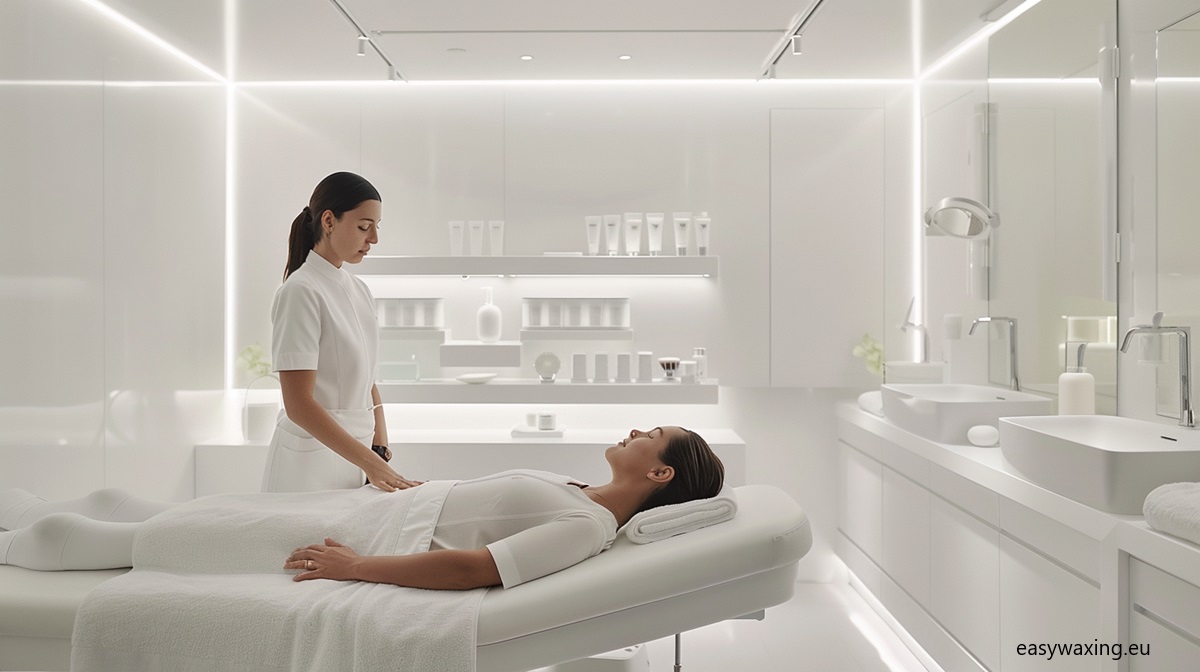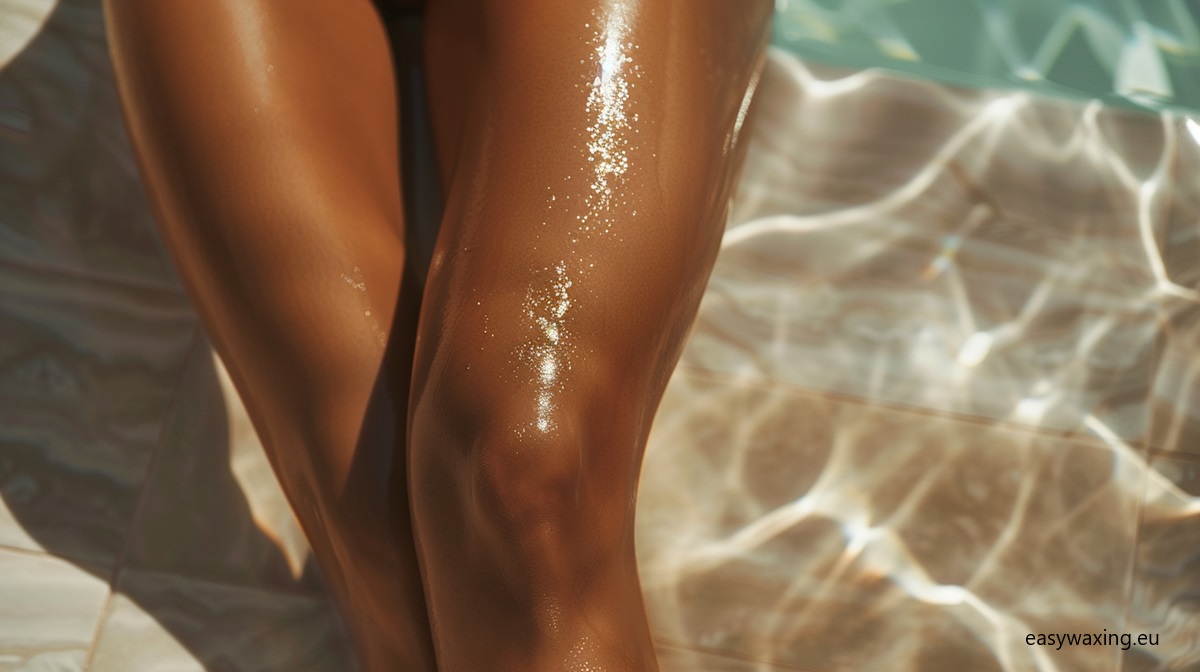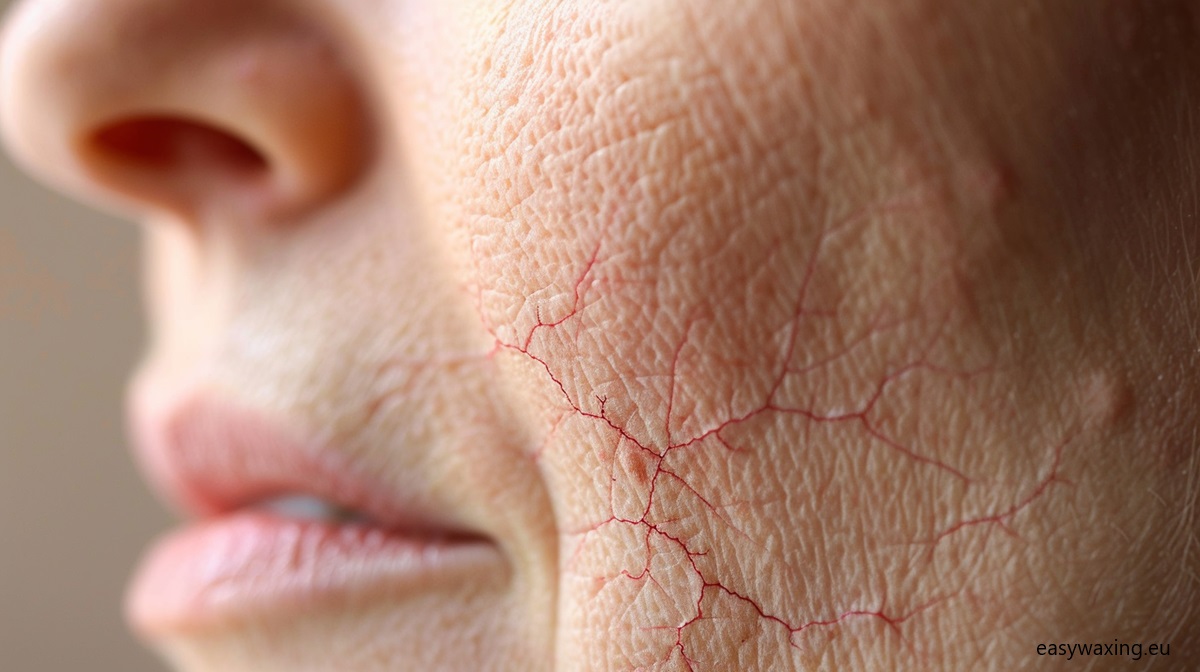Does Laser Hair Removal Hurt? What Are Its Alternatives? How to Reduce Pain During Laser Hair Removal – Our 3 Tips
Blog BackTable of Contents:
- Does Laser Hair Removal Hurt?
- Factors Influencing Pain Sensation
- Pain Reduction Methods
- Alternatives to Laser Hair Removal
- Conclusion

Laser hair removal is a popular method for permanent hair removal, valued for its effectiveness and long-lasting results. However, many people worry about the potential pain of the procedure, particularly in sensitive areas such as the bikini line or face. Other factors influencing subjectivity are the individual pain threshold, but also the device used and the skin cooling technology. In this article, we explain whether laser hair removal is painful, what factors influence the sensations during the procedure, and what alternatives might be suitable if you’re looking for less invasive methods.
Does Laser Hair Removal Hurt?
The sensations experienced during laser hair removal are subjective and depend on several factors, such as an individual’s pain threshold, the body area being treated, the type of laser used, and cooling systems applied during the procedure. Most patients describe the treatment as moderately uncomfortable, likening the sensation to a mild pinching, burning, or pricking feeling during the laser’s light emission. Typically, any discomfort is brief and subsides immediately after the procedure.
Pain sensitivity varies depending on the treatment area. Regions with thinner skin, such as the upper lip, underarms, or bikini line, tend to be more sensitive, while areas like the legs or back are usually less so. Modern laser devices are equipped with cooling systems that reduce heat sensations and alleviate potential pain. Additionally, numbing creams can be applied to certain areas before the treatment, further enhancing patient comfort.
Factors Influencing Pain Sensation
Type of Laser Device and cooling system - some lasers may cause more intense sensations. Modern technologies reduce pain through precise targeting and cooling functions. Advanced devices have built-in modern cooling systems that reduce the feeling of pain, e.g. contact cooling or the use of cold air.
Hair and Skin Color - individuals with darker hair and lighter skin typically experience less discomfort since the laser’s energy is effectively absorbed by the melanin in the hair.
Skin Sensitivity - people with a low pain threshold or exceptionally sensitive skin may find the procedure more intense.
Treatment Area - body parts with thinner or more nerve-rich skin may require extra care during the procedure.
Pain Reduction Methods
Experienced specialists use and recommend several methods to reduce the sensation of pain:
- Using anesthetic creams (e.g. with lidocaine) on sensitive areas
- Relaxing before the procedure – tense skin can increase the sensation of pain
- Talking to a beautician about your concerns – a professional can adjust the laser parameters
Alternatives to Laser Hair Removal
If laser hair removal feels intimidating or unsuitable, there are several less painful alternatives, though their effects are shorter-lived.
Depilatory Creams - these work chemically, dissolving the hair structure just above the skin. This method is quick and easy to use but provides results lasting only a few days. Additionally, depilatory creams may cause irritation, especially on sensitive skin.
Shaving is the fastest and most accessible method, shaving removes hair at the skin’s surface. However, results are very short-lived, as hair regrows within 1-2 days. Frequent shaving can also lead to irritation and ingrown hairs.
IPL (Intense Pulsed Light) - this technology, similar to laser hair removal, uses a broad spectrum of light waves. IPL requires more sessions than laser treatments, and its effects are less permanent, but the procedure is typically less painful. Moreover, IPL devices are available for home use, offering added convenience.
It is also worth mentioning waxing, which involves removing hair along with its follicles by applying hot or cold wax. This method is less painful than laser, especially during the first treatments, but the hair grows back after about 3-6 weeks. This is not a method of permanent hair removal, it can only weaken the hair structure. This group also includes sugar paste hair removal - sugaring is considered the most natural method of hair removal.
Conclusion
Laser hair removal is not entirely painless, but modern technologies and anesthetic options significantly reduce discomfort. Sensations vary based on individual pain thresholds, the treatment area, and the type of laser used. If you’re concerned about pain or laser hair removal doesn’t suit you, there are various alternatives, from classic waxing to IPL technology. Choosing the right method should depend on your needs, expectations, and skin sensitivity. Regardless of the method, consulting a licensed cosmetologist is essential to finding the best solution for you.










